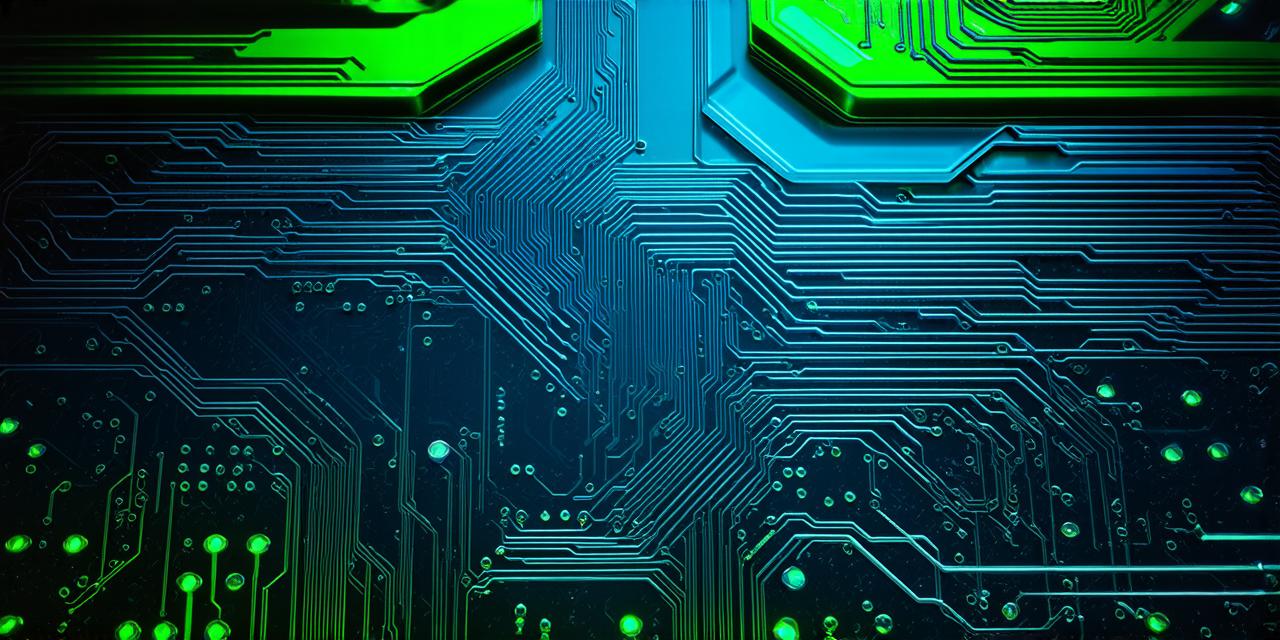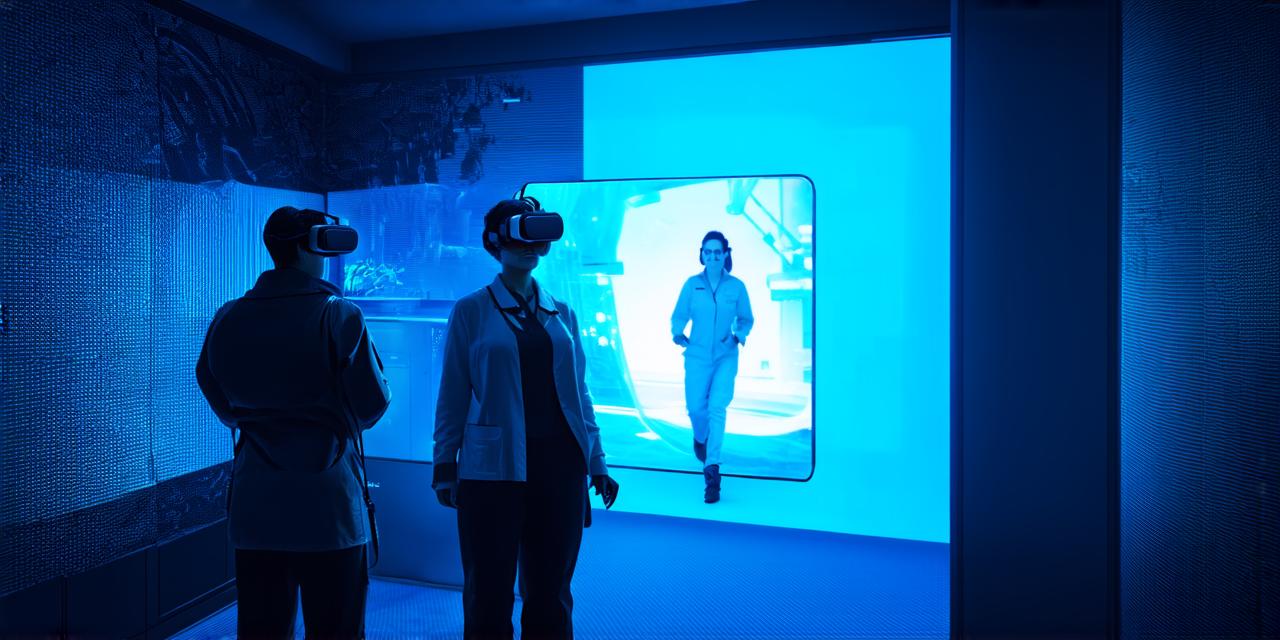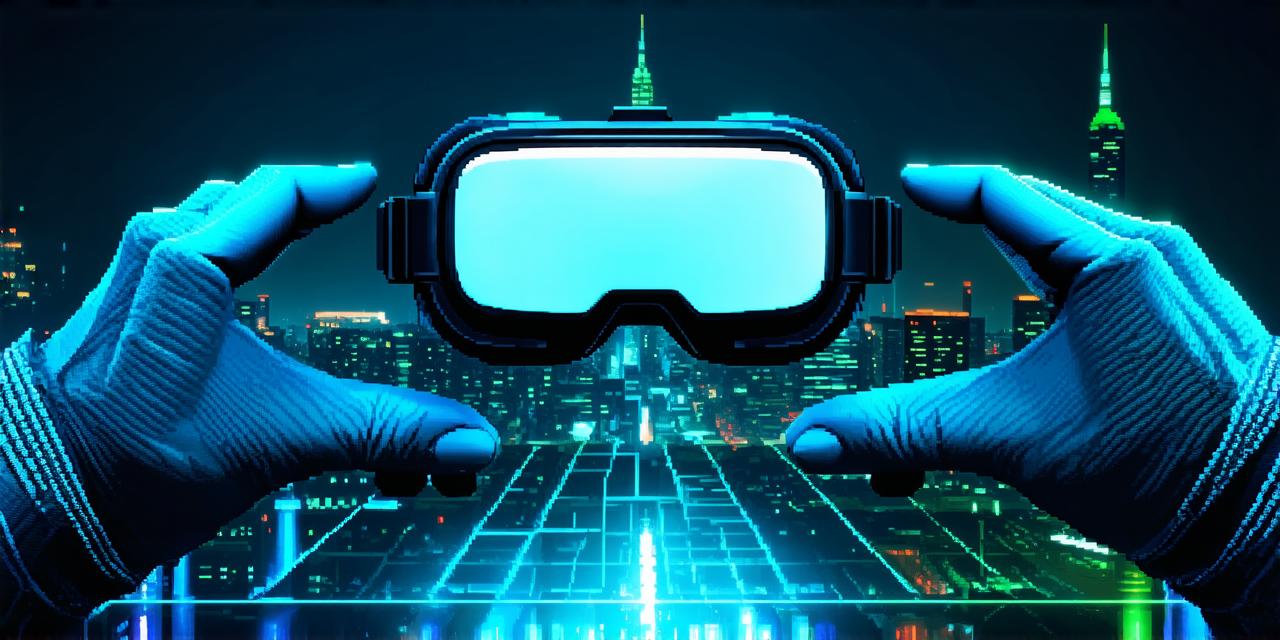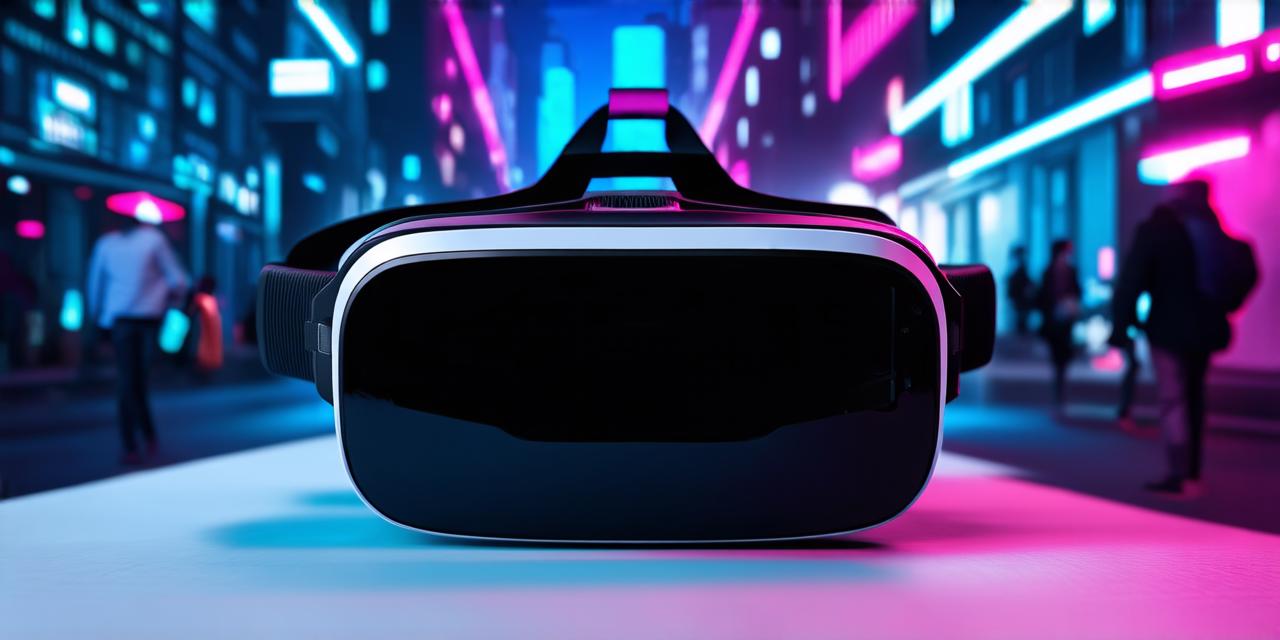Virtual reality (VR) is a computer-generated simulation of a 3D environment that can be interacted with in a seemingly real or physical way using special electronic equipment, such as a headset or gloves equipped with sensors. In this article, we will explore how virtual reality functions and the technology behind it.
How Virtual Reality Works
Virtual reality works by creating an immersive experience for the user through the use of specialized equipment. The main component of VR is the headset, which tracks the movement of the user’s head and adjusts the image in real-time to match their movements. This creates a feeling of being in a different environment, as the user’s senses are tricked into thinking they are physically present in the simulated world.
In addition to the headset, other equipment such as sensors on gloves or motion controllers can also be used to track the user’s body movements and allow them to interact with objects in the virtual environment. For example, a user could pick up a virtual object by grabbing it with their hand, which would be detected by the sensors and translate into the object being picked up in the virtual world.
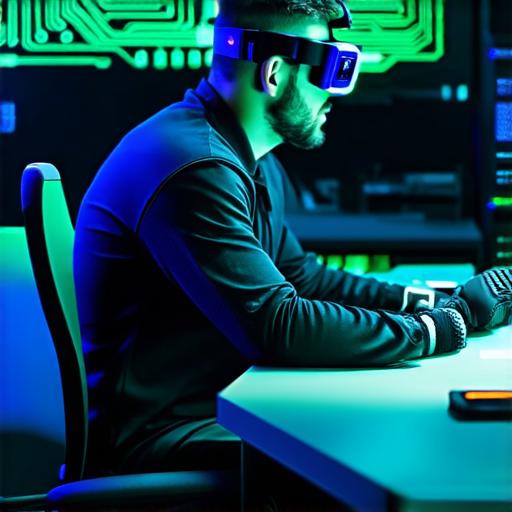
The technology behind VR also includes advanced graphics rendering and processing capabilities. In order to create a realistic and immersive environment, the computer must be able to render high-quality graphics in real-time. This requires powerful hardware and software technologies that are specifically designed for VR applications.
Applications of Virtual Reality
Virtual reality has a wide range of applications across various industries, including gaming, education, healthcare, and training.
In gaming, VR allows players to fully immerse themselves in a game world and experience it as if they were physically present. This creates a more engaging and realistic gaming experience.
In education, VR can be used to create virtual field trips or simulations that allow students to explore historical events, scientific concepts, or cultural traditions in a safe and controlled environment. This can provide students with a unique learning experience that they may not otherwise have had the opportunity to enjoy.
Virtual reality can also be used in healthcare to treat phobias or anxiety disorders by exposing patients to controlled virtual environments that simulate real-life situations. This can help patients overcome their fears and improve their mental health.
Finally, VR can be used for training purposes in industries such as aviation, military, and emergency services. By simulating real-world scenarios in a controlled environment, trainees can practice their skills and gain valuable experience without putting themselves or others at risk.
Summary
In conclusion, virtual reality is a powerful technology that allows users to experience a computer-generated simulation of a 3D environment. It works by tracking the user’s movements using specialized equipment and rendering high-quality graphics in real-time. Virtual reality has a wide range of applications across various industries and can provide a unique and engaging experience for users.
